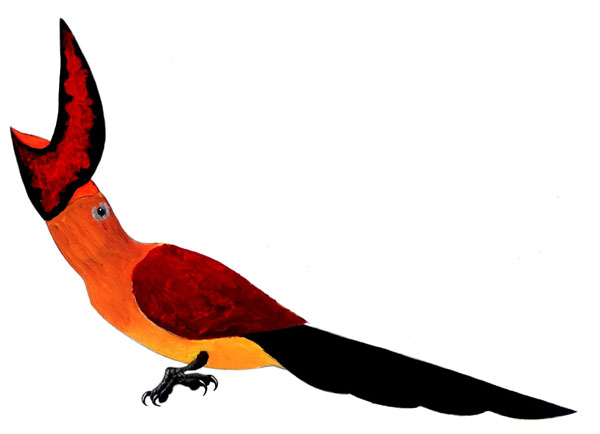

The Pantanal is a vast wetland located in south-west Brazil occupying a large part of the states of Mato Grosso and Mato Grosso do Sul. It is a mosaic of wetlands, inundated savannahs and dry corridors of semi-deciduous forests. The Pantanal is exceptional because of the abundance of wildlife it supports. Some of its animal and bird populations can be measured in millions, whilst it also provides refuge for some species that are at the brink of extinction.The greatest species of the area is the the golden muzzle toucan (Capistrorhynchus vitellinus), which, unlike other Capistrorhynchus species, does not live in densely forested habitats.
The main reason for this species to live on the grassland is due to its beak and its disproportional muzzle blades. If it lived in dense forests it would most surely become entangled in the tree branches, nor it could fly through them.
We believe such ornamentation to be linked with mating rituals, the most colourful male often gets females. As soon as a female chooses a male, the pair becomes bonded to life. This monogamic lifestyle it shared by some Capistrorhynchus species.
The golden muzzle toucan is quite rare, and is very vulnerable to habitat changes as it depends on the fruits and berries of only 3 tree species. However, it is the reliance of these beautiful birds on old, hollow manduvi trees (p-Stercula apetala) for nesting sites that appears to be the factor limiting their population.
This muzzle toucan is often found in association with parrots of several species.